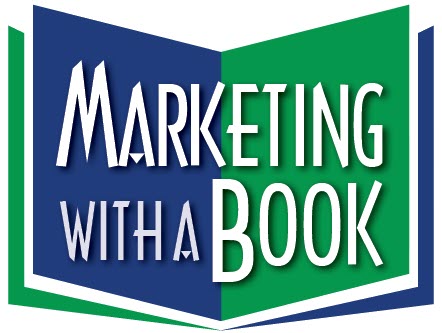Being a published author is the quickest path to becoming an expert that attracts new clients. So why doesn’t every consultant, professional, service company and professional speaker have a book? Either they are closing their eyes to an opportunity they do not wish to acknowledge, or the are unaware of the new realities of publishing in the digital age.
Thanks to new technologies, today it is not only possible to produce a professional-looking copy of your book for under $1,000, you can also market the book through reputable sales channels.
A decade ago, there weren’t too many options for consultants, professionals, and business owners to get into print as a book author. If a traditional publisher wasn’t interested in your manuscript, your only other option was to spend tens of thousands of dollars with a subsidy press or custom printer. And then, without ready distribution, good luck trying to sell the books.
But that has all changed because alternative publishers are able to print both paperback and hardcover books as they’re needed due to the bold new digital publishing technology known as “print-on-demand.” Going digital allows books to be produced in small quantities – even one at a time – almost instantaneously. No longer does publishing require behemoth offset presses, hangar-size warehouses, and fleets of trucks.
When I ghostwrite a book for a consultant or serve as a book coach, I use either AuthorHouse (www.authorhouse.com) or CreateSpace (www.createspace.com) as a print-on-demand publisher. This is at least one year faster than going with a traditional book publisher.
These alternative publishers have made a conscious decision to offer their services to everyone, rather than give control to an elite clique of editors and agents, as is often true in traditional publishing. While incoming manuscripts are checked for formatting before a new title goes online, alternative publishers do not edit for style and content. These consultants do not make value judgments about the literary merit of books. The author decides what the public reads, and the public decides if it makes good reading or not. It is a purely market-driven approach, and allows almost anyone to make a new book available to millions of readers, at a small fraction of the cost of traditional publishing methods.
There are challenges, of course. Because print-on-demand books are not typically stocked on bookstore shelves, authors need to do a good job of marketing through publicity, direct mail and the Internet. But if you are a nonfiction author willing to be a self-promoter and whose book targets an identifiable market, then alternative publishing may be right for you.
Print-on-demand has enormous implications for writers, readers, publishers and retailers. Because titles are produced “on demand,” there are never wasted copies (“remaindered” as they used to be dubbed in the old days). Paperbacks and hardcover books are priced competitively, with authors receiving royalties of 30 percent or more. Compare those with traditional publishing industry standards of five to 15 percent, and the appeal becomes a bit clearer still.
What about the writing? If you can write articles, then you can write a book. And if you can’t, hire a freelance writer to help you do it.

![selexyz-bookstore-maastricht[1]](https://marketingwithabook.com/media/selexyz-bookstore-maastricht11-300x225.jpg)